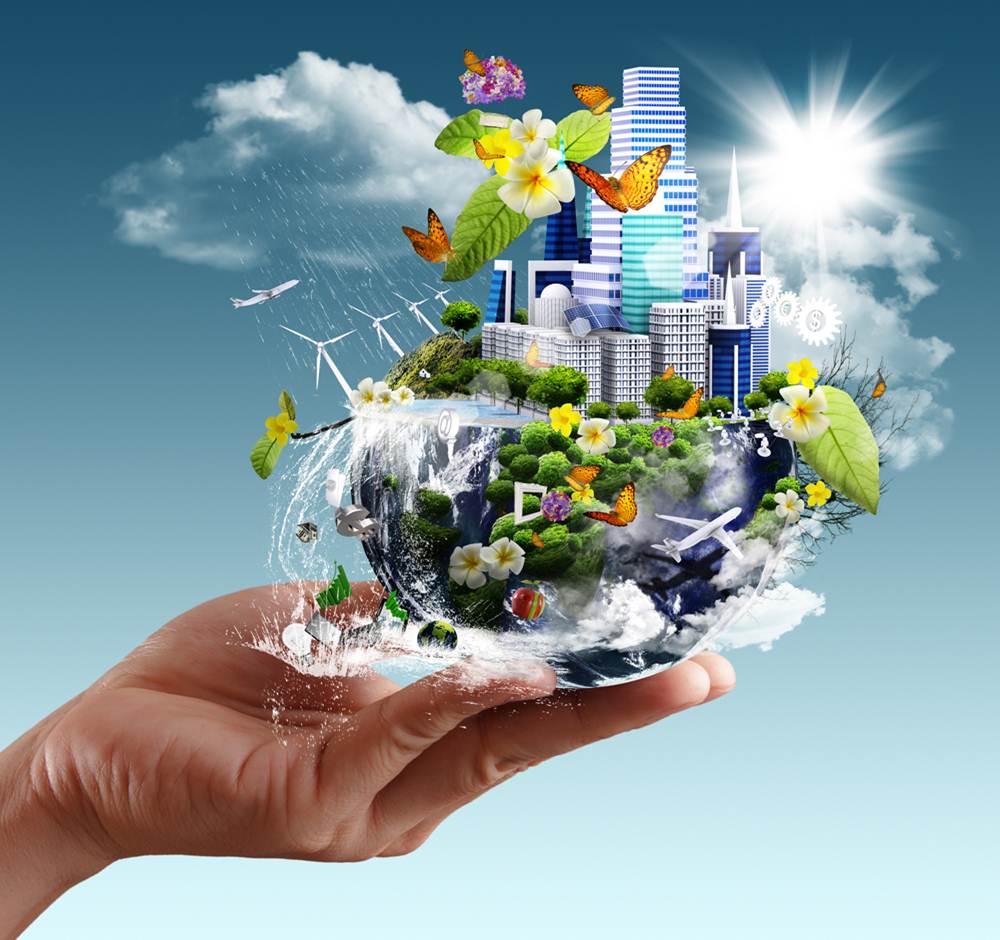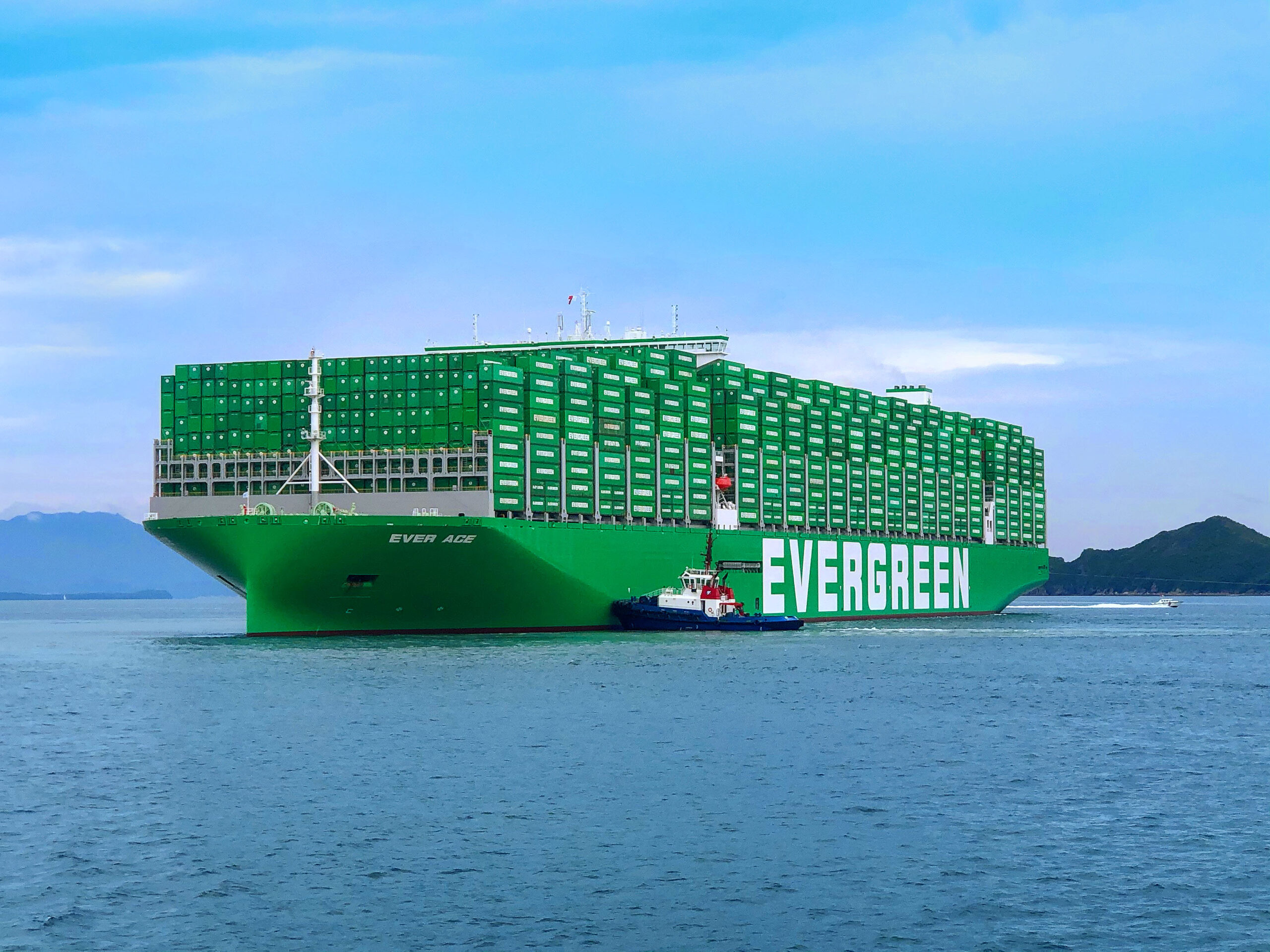A lot is happening in the logistics and transport industry and things are moving pretty fast. Last year, I wrote a blog article about 5 global logistics trends, which proved to be appreciated by many readers. So I thought, why not post one for this year as well? Said and done – here are what turns out to be eight global logistics trends for 2015.
1.Production is being brought closer to the end user
One clear trend is the uptick of nearshoring, especially from China to Eastern Europe. Increasing amounts of production are being brought closer to the end user as a result of increased labour and transportation costs in Asia. More European producers realise that they can maintain the same low costs and high level of quality, regardless of whether their production plants are located offshore in Asia or nearshore in Europe. Bringing the production closer to the end user results in fewer transportations, shorter lead times and easier planning of logistics flows as well as making corrections to shipping plans.
2.Overcapacity in the container segment due to investments in larger vessels
More shipping companies invest in larger container vessels to reduce operational costs. In general, the larger the vessel the lower the cost per container unit. Many shipping companies using even larger vessels, leads to an overcapacity; the increase in volume does not match the increase in demand. Overcapacity is expected to keep freight rates low until there is a balance between supply and demand.
3.Continued focus on sustainability and compliance in the transport industry
There is an ongoing trend in the society, in general, where we are more aware of our planet and committed to taking care of it. As the transport industry is to blame for much of the emissions of carbon and nitrogen dioxide, taking responsibility within this line of business is extra important. In the transport industry, there is a continued focus on sustainability and compliance, especially environmental issues and CSR. All parties of the logistics chain are keen to work with companies that offer sustainable transport solutions and good working conditions. This is reflected by stricter compliance laws and regulations on a global level. For example, countries such as the USA, UK and Germany are working hard to prevent corruption through new laws that will be applied globally.
4.Continued investments in IT solutions for logistics
Having full control over the entire logistics chain requires reliable IT solutions, and the transport sector continues to invest in new smart technology. As the supply chain becomes more complex and dynamic, shipping companies, as well as their clients realise the value of visibility, traceability and transparency. Providing clients with a fully integrated view of real-time information across the supply chain facilitates the response time for shipping companies and improves customer satisfaction.
5.Major acquisitions in the global logistics industry
Lately, we have seen many large acquisitions in the logistics and transport industry. From a European perspective, the economic climate has not been very favourable in recent years, but in Asia and North America the trend is accelerating. The postal service in Japan is one example of a company that has made great investments in the industry. This is most likely a result of the prevailing low-interest rates, making the conditions right to expand into fast-growing regions. Also, many actors in the logistics and transport industry see the opportunities of acquisition as it benefits the industry as a whole, including themselves.
6.Green transport solutions win over air freight
The Trans-Siberian Railway has recently been given a boost, as more players want to invest in eco-friendly transport solutions to and from Asia. The trend is to leave air freight and move towards railway transportation. There is a significant increase specifically in high-value goods, transported by rail. Air freight is the fastest shipping method, no doubt about it, but looking at the entire logistics chain from Asia to Europe, the railway is extremely competitive – for both environmental and economical reasons. As a consequence of environmental thinking, companies are reducing large parts of their transportation costs by choosing rail instead of air freight, while the planet remains the big winner.
7.Growing e-commerce affects the supply chain
More consumers are buying stuff online instead of visiting the physical stores. As the e-commerce is growing, so are the home deliveries. For the postal services, the volumes of letters are constantly falling, while the package deliveries increase. This affects the supply chain, meaning that logistics companies need to optimise their supply chains and find new ways of providing last mile delivery services, i.e. transporting the goods to private persons or distribution points nearby. This is a completely new type of logistics chain than what we are historically used to.
8.Economic growth will come from new geographies
Traditionally, China has had a rapid economic growth and the country has been a tremendous engine for increasing global trade. Now, we are starting to see that growth will be coming from new regions. Africa is expected to become the next big market, bringing new challenges to the table such as poor infrastructure, ageing roads and seaports and underdeveloped transportation systems. Tapping into the continent’s tremendous growth opportunities and figuring out how to overcome these challenges, is of great interest for all players in the logistics chain. As for the African countries, they need to investigate how they can maintain growth and continue to have a positive development.
I hope you found my blog article relevant and interesting. Please let me know in the comments below! For more news and updates from the logistics and transport industry, visit our blog and website.
/ Peter Nevhagen, Greencarrier Freight Services




